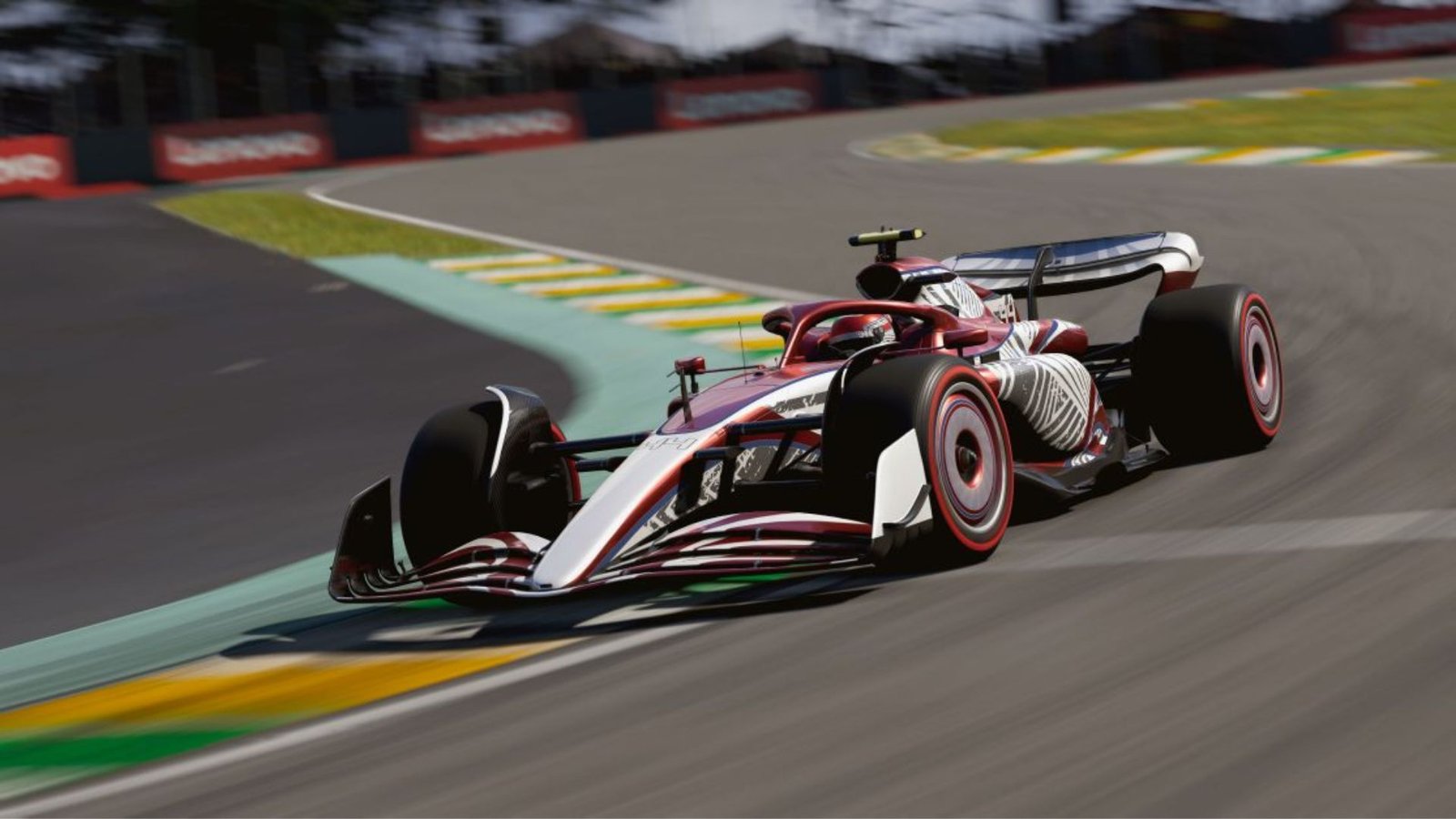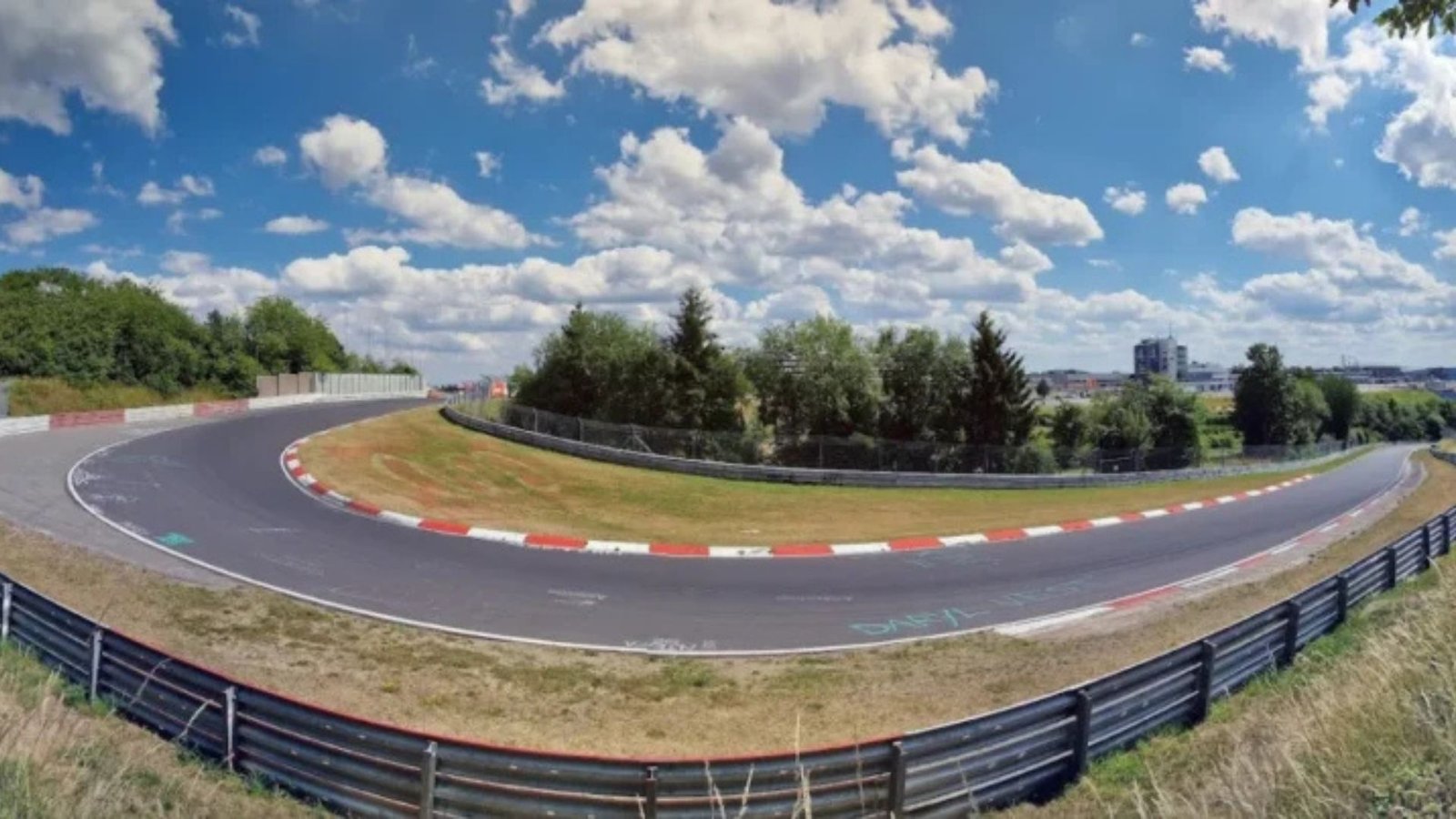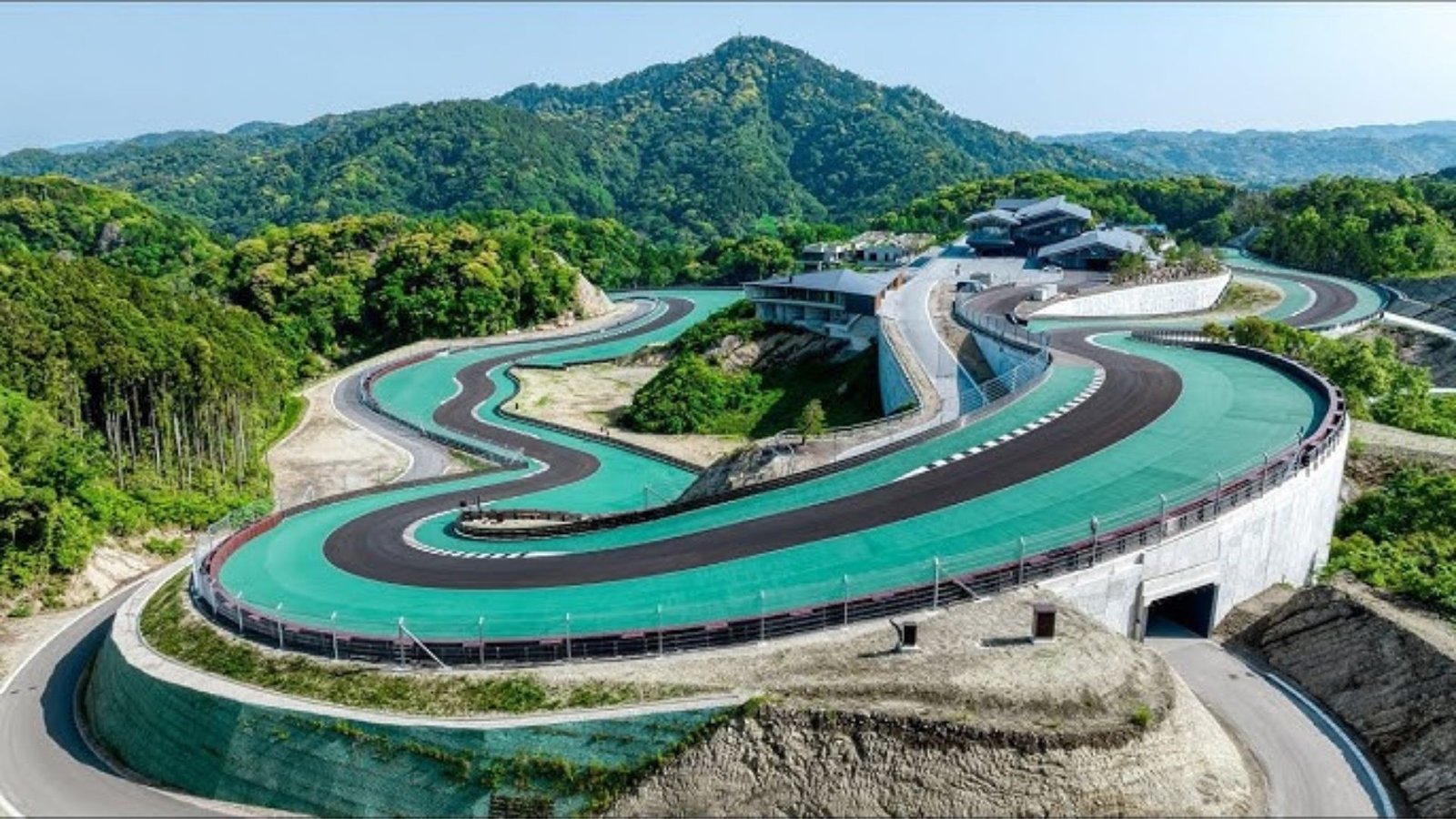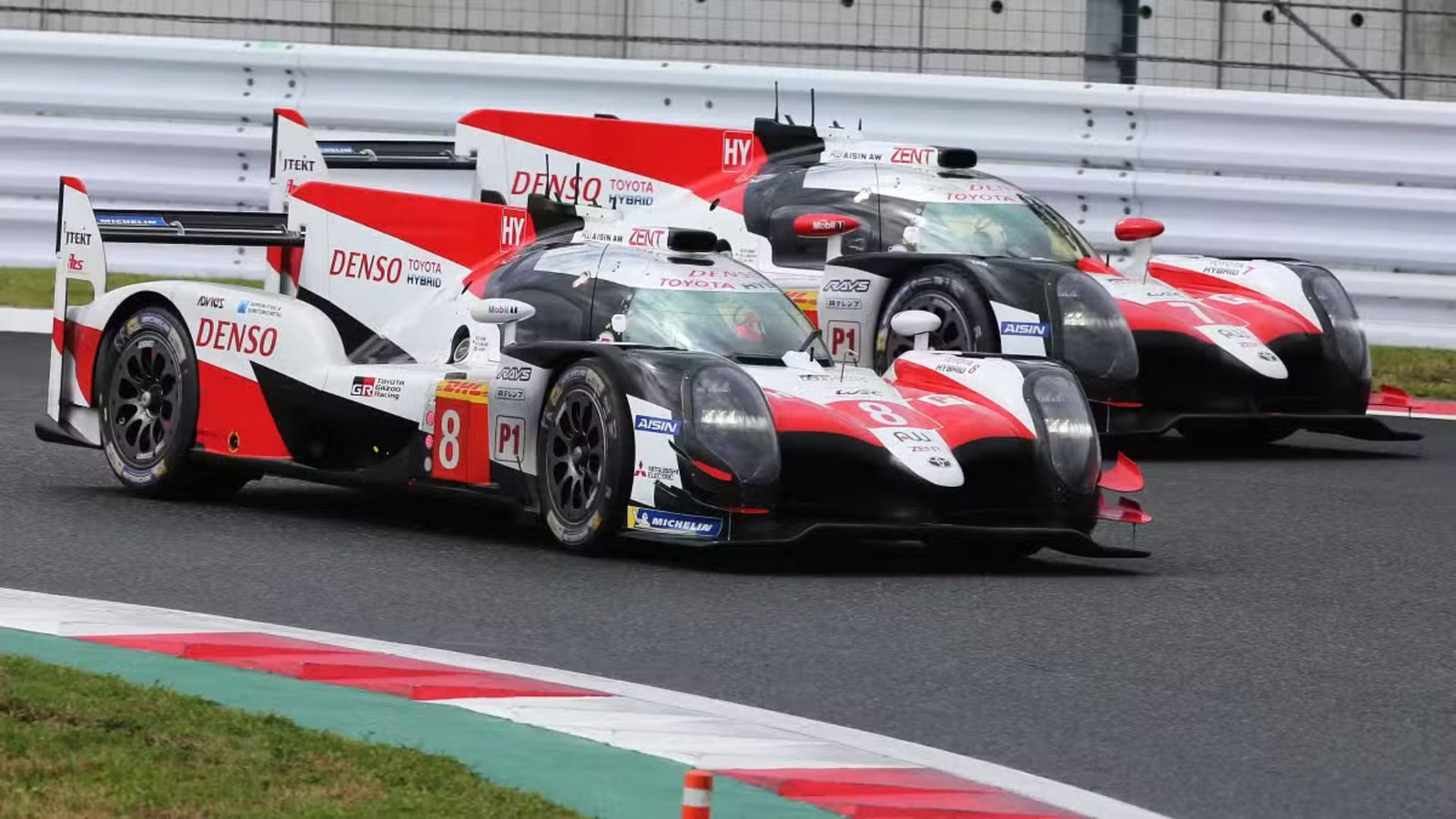Race tracks are essential to the motorsport world, shaping not only the races but also the sport’s history. Over time, these tracks have evolved to meet the changing demands of technology, safety, and racing strategies. In this article, we will explore how famous race tracks worldwide have developed and transformed, reflecting the growth of motorsports over the decades.

Speed and Strategy Off the Track
After enjoying the thrills at NJ Motorsports Park, you can keep your adrenaline going with wolfwinner Games, where exciting challenges test your focus and strategy. It’s the perfect way to relax and have fun off the track.
1. The Early Days of Race Tracks: From Streets to Purpose-Built Circuits
In the early days of motorsport, races often took place on public streets or open roads. These early tracks, such as the Monaco Grand Prix, started on the streets of Monte Carlo in 1929. The focus was on creating a challenging environment for drivers, where navigating narrow, twisting roads was the ultimate test of skill.
- Public roads used for races provided a raw and dangerous challenge.
- These early races featured minimal infrastructure compared to today’s tracks.
However, as motorsport grew in popularity, the risks and limitations of public roads led to the creation of purpose-built circuits. This shift allowed for safer, more controlled racing environments and a focus on track design to test driver skill.
2. The 1950s and 1960s: The Rise of Iconic Racing Circuits
In the post-war years, the 1950s and 1960s marked the beginning of the modern era of motorsports, with tracks like Silverstone in the UK and Le Mans in France becoming iconic. These circuits were designed specifically for racing, with safety barriers and better pit facilities. The rise of Formula 1, along with endurance racing events, brought new challenges to track design.
- Silverstone, once an airfield, became the home of the British Grand Prix in 1950.
- Le Mans, known for its legendary 24-hour endurance race, introduced challenges like long straights and tricky corners.
These tracks became symbols of motorsport culture, with their unique features and ability to test both speed and endurance. The era also saw an increase in spectator capacity and improved safety measures.
From Motorsports to Responsible Online Entertainment
New Jersey Motorsports Park offers thrilling experiences for racing enthusiasts. While enjoying the excitement of motorsports, you might also be interested in other forms of online entertainment. For those seeking digital engagement, you can find information about online roulette australia. We encourage responsible engagement with all online activities, setting limits, and being aware of the risks. Remember, gambling should be a form of entertainment, not a means to make money.
3. The 1970s and 1980s: The Focus on Safety and Modernization
As motorsport grew, so did the need for safety innovations. The 1970s and 1980s saw tracks around the world undergo major renovations to improve safety for both drivers and spectators. For example, Nürburgring Nordschleife in Germany, once one of the most dangerous tracks, was modified to meet modern safety standards. Other tracks like Spa-Francorchamps in Belgium also underwent redesigns to improve barriers and run-off areas.
- The addition of curbing, wider run-off zones, and higher barriers increased driver safety.
- Pit areas were improved to handle the growing technical demands of the cars.
This era of track evolution focused on balancing excitement and risk, ensuring that races remained challenging but safer for everyone involved.
4. The 1990s: Technology Meets Track Design
In the 1990s, advances in car technology and racing equipment led to significant changes in track design. Modern cars were faster, heavier, and more aerodynamically sophisticated, so tracks needed to be adapted to accommodate these changes. For example, the addition of chicanes and tighter corners at tracks like Monza and Suzuka was designed to slow down cars and reduce the danger of high-speed crashes.
- Tracks were redesigned to accommodate better braking systems and faster cars.
- Technological advancements in track materials, such as asphalt and rubber, improved grip and durability.
The 1990s also saw the creation of circuit facilities that were more comfortable for both drivers and fans, with better seating, larger grandstands, and larger digital displays.
5. The 2000s and Beyond: Sustainability and Innovation in Track Design
In recent years, track design has focused on sustainability and environmental concerns. New race tracks, like the Circuit of the Americas in Austin, Texas, and the Abu Dhabi Grand Prix, have incorporated eco-friendly measures, such as energy-efficient lighting, rainwater harvesting, and carbon-reducing technology. Many of these modern circuits also feature innovative designs that test both driver skill and car performance.
- High-tech simulators and digital technologies allow for virtual design and testing of race tracks.
- Sustainable materials are used in track construction to reduce environmental impact.
New tracks are often designed to provide more overtaking opportunities and better views for fans, ensuring that modern races are more competitive and enjoyable to watch.
6. The Future of Race Track Design
As motorsports continues to grow, the evolution of race tracks is likely to include more virtual and interactive elements. We may see the incorporation of augmented reality for fans or AI-driven track analysis that helps engineers and drivers optimize performance. The development of electric racing, such as Formula E, will also influence track design, requiring circuits to consider electric vehicle performance and charging infrastructure.
- Future tracks may include more interactive fan experiences and tech integration.
- Environmental sustainability will continue to shape the future of race track construction.
Racing circuits will continue to evolve to meet the demands of technology, safety, and entertainment, with a focus on improving performance while enhancing fan experience.
7.High-Speed Fun On and Off the Track
New Jersey Motorsports Park delivers adrenaline-pumping action for racing fans of all ages. For more fast-paced entertainment, visit https://www.jokacasino.me and experience top-quality online gaming. The thrill continues wherever you are!
Adrenaline, Speed, and Unmatched Excitement
New Jersey Motorsports Park offers thrilling motorsport events that ignite the spirit of competition. Similarly, Casino VIP Jackpotjill brings high-energy excitement to the digital space with non-stop action and rewards. Both embody the rush of adrenaline and the joy of performance.
Speed Meets Strategy at Trusted Online Casinos in Australia at Wolfwinner
Just as motorsport enthusiasts thrive on precision and timing, players exploring trusted online casinos in australia at wolfwinner experience strategic excitement. Both worlds emphasize focus, skill, and adrenaline. Discover how calculated decisions and thrill go hand in hand in high-performance environments.
Conclusion
In conclusion, the evolution of famous race tracks worldwide shows how motorsports have adapted to technological, safety, and environmental changes over time. From humble street races to the high-tech, eco-friendly circuits of today, race tracks have always played a central role in shaping the motorsport experience. As we look to the future, track designs will continue to innovate, providing more exciting and safer racing for both drivers and fans.









